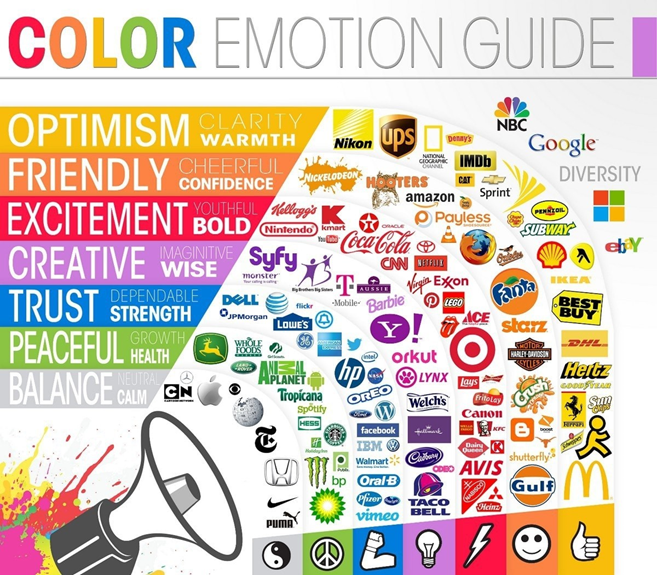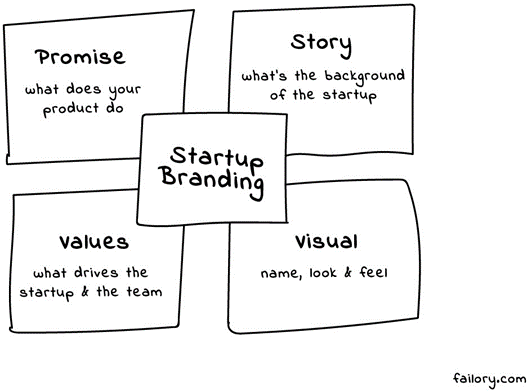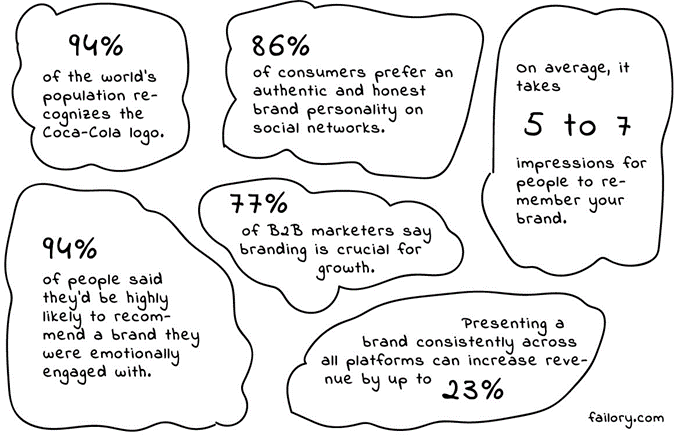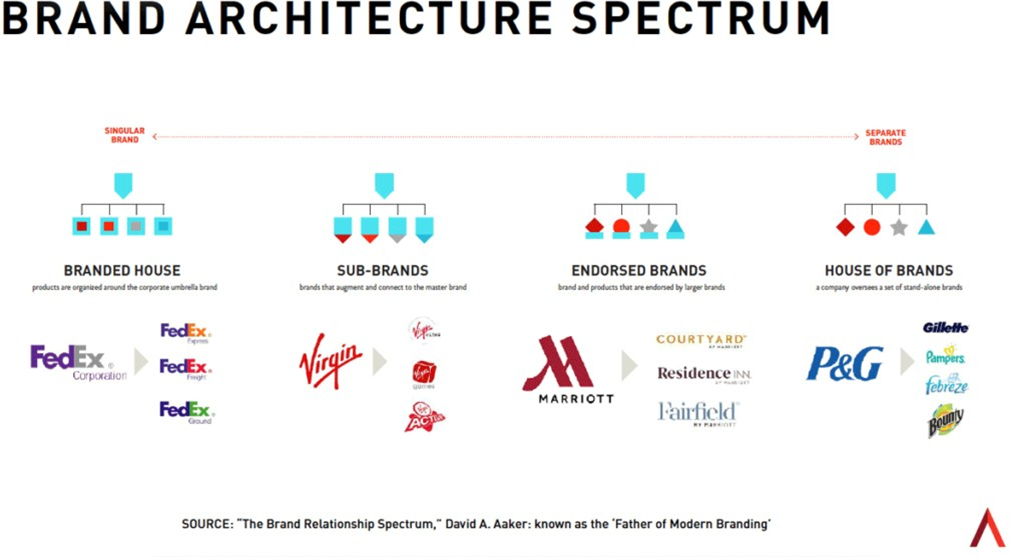

India (and much of the world) have recently seen entrepreneurship emerge as a viable, alternative career path in itself, in which ambitious individuals can craft their own legacy rather than building someone else’s. In India in particular, several young entrepreneurs have been inspired by the multiplying success stories around them and using now widely accessible and affordable internet access and strong technical expertise have churned out startups and unicorns at an unprecedented rate. Entrepreneurship has become the trendiest new profession of the 21st century. But the sudden emergence of so many aspiring businessmen and women has created new challenges (eye-watering levels of competition).
Competition in just about every sector is becoming cutthroat almost as soon as a sector itself is created, with each competitor offering the best in talent, technology, and service that customers can possibly hope for. In such a saturated business scenario, how can a new business hope to outdo and differentiate itself from large incumbents with years of experience and established networks or similarly young rivals that seem almost exactly the same as them? That is where branding comes in.
Advertising legend David Ogilvy defined a brand as “the intangible sum of a product's attributes: its name, packaging, and price, its history, its reputation, and the way it's advertised." Branding is the process, and possibly art and science, of assigning that brand to multiple products and services.
Today, especially for startups, a brand has become a constantly unfolding story of a business with certain predefined values and attributes at the core for which that business stands. While it will constantly evolve and change to keep up with the times and changing needs of the audience, the soul of the brand must remain the same. It is the greatest tool a startup has to distinguish itself from competitors large and small and proactively define itself for what it wishes to be. Every world-class brand began as a story.
A brand may comprise several elements, from commonly used to obscure, including:

Source: https://www.marketing91.com/brand-colors/
Startups can chalk out their brand using these preliminary pointers:

Source: https://www.failory.com/blog/startup-branding#toc-why-is-branding-important-for-startups
Importance of branding for startups:
As a startup grows and becomes more established, a powerful brand can bring the following additional benefits that are long-term competitive advantages:
With these advantages, startups will be in a position to hold their own against larger competitors and grow at scale.
The following graphic indicates just invaluable branding can be.

Source: https://www.failory.com/blog/startup-branding#toc-why-is-branding-important-for-startups
Types of Branding (most relevant for startups)
While there are numerous forms of branding, some of the most relevant ones for startups in the early days of their growth are (over, and branding your product/service of course)
Personal Branding: Startups are initially just the founder(s) and a few set of people who follow them. Therefore, a large part of the company ethos is determined by the founder(s) and their personality, vision and quirks and that is what becomes the company DNA. Several employees and customers may also associate the founders and the company to be inseparably linked together in name and reputation, so crafting a powerful personal brand is also critical for founders. They should use online and offline channels to become opinion leaders in their startup field and share their views and expertise with a wider audience to garner repute for both themselves and their businesses. Some cases where startups/businesses became synonymous with the founder (for better or worse) include Steve Jobs and Apple, Adam Neumann and WeWork and Travis Kalanick and Uber. Founders should proactively control their personal brand before their audience forms incorrect perceptions about them and consequently their business.
Corporate Branding: This is a tool that the startup can use to tell its story and personality; what it is truly like on the inside. Corporate branding includes values, mission, price points, target audience, exclusivity for customers, inclusivity for employees etc. It also includes the perks that may be offered to employees that would make them proud of being a part of the startup - bonuses, stock options, the chance to work for a sustainable enterprise, challenging work, stellar teammates, free meals etc. All of these elements will make a startup standout as a distinct corporate entity capable of attracting the finest talent from all over the country or even the world, something that a startup could really use to evolve successfully.
Online Branding: Online branding has become even more important in the post-pandemic era, with tools like Reels being offered by Instagram and other social media channels becoming a common marketing tool for businesses of all sizes. Influencers tend to give new businesses a more relatable feel and a marketing channel that directly reaches their audience, but must be kept authentic and relevant to avoid coming across as just another paid promotion case. Other than social media, online branding also includes creating a strong website with an intuitive interface and design that matches the brand and its color/font scheme. A unique domain name is also a powerful branding tool, making it easy to find and remember for customers while standing out from similar or copycat brand names.
Brand Architecture
A rapidly growing business needs to be able to understand brand architecture at a juncture of rapid growth to know how to leverage its brand without confusing customers on brand identity and what exactly the business does when a new offering is launched. On the launch of a new venture under the same business, businesses can choose to go with one of 4 strategies (and sometimes a hybrid model). The main 4 modes of brand architecture are highlighted below –

While these architectures are better suited for businesses that are further along on their growth journey, knowing the different structures and their purposes can better allow a growing business to position itself for diversification/expansion appropriately to avoid losing brand positioning in the future.
Case Study - Fevicol
Perhaps no measure of branding success could be greater than when a brand name itself becomes synonymous with a product or service. While there have been several brands that have managed this feat including Xerox, Colgate, and Coca-Cola, India-grown Fevicol by Pidilite Industries has truly shown Indian branding at its best.
Firstly, the company began focusing on its then core customer segment, carpenters, as early as the 1950s and 60s in an era when branding and design in India were in their infancy. Its iconic logo itself is a testament to its razor-sharp customer focus, brandishing two mighty elephants trying to pull apart a ball (Magdeburg hemispheres) with no success (given the sticky strength of the product). This set Fevicol apart from the competition, with a distinctive and memorable look.
Secondly, to further build on its brand with its customers, Pidilite realised that carpenters faced a scenario where their services had begun to be perceived as nothing more than a commodity, with a limited number of design ideas for them to use. To solve this, it launched Fevi Craft in 1980, a mini design book containing ideas for designs that carpenters could imbibe and showcase to their customers. This would evolve into a regular issue by the late 80s, solidifying the brand in the minds of carpenters for a long time to come (even in days before content marketing had become widely known and practised). 7 Pidilite had demonstrated that it understood the customer’s pain points and was actually willing and able to do something about it.
Thirdly, Pidilite realized that while having Fevicol, its flagship brand in such an enviable position was great, being overly dependent on one product alone was not a good long-term strategy. By organizing events for an exclusive group of brand loyalists called the Fevicol Champions’ Club, where other products by Pidilite could be demonstrated along with cultural and leisure trips and activities, the company was able to build a solid sense of community with its carpenter base. These regular events would not only allow the brand to be in regular contact with its customer base but also serve as a forum where ideas could be shared and feedback received. Using knowledge gained from these interactions, the company was able to understand where the gaps in the market lay and plug them with either new product lines or those from companies it would go on to strategically acquire.
Indian startups can take away the following lessons from Fevicol’s legendary success: